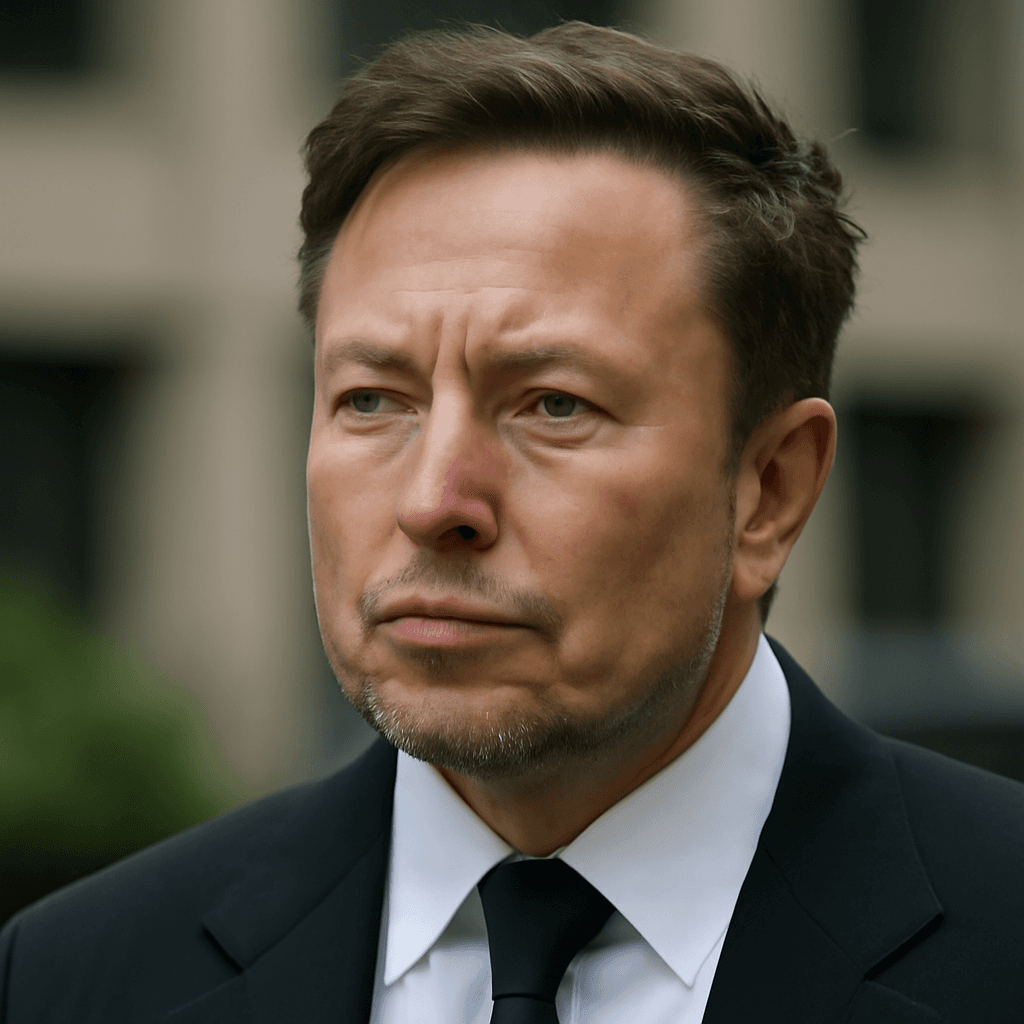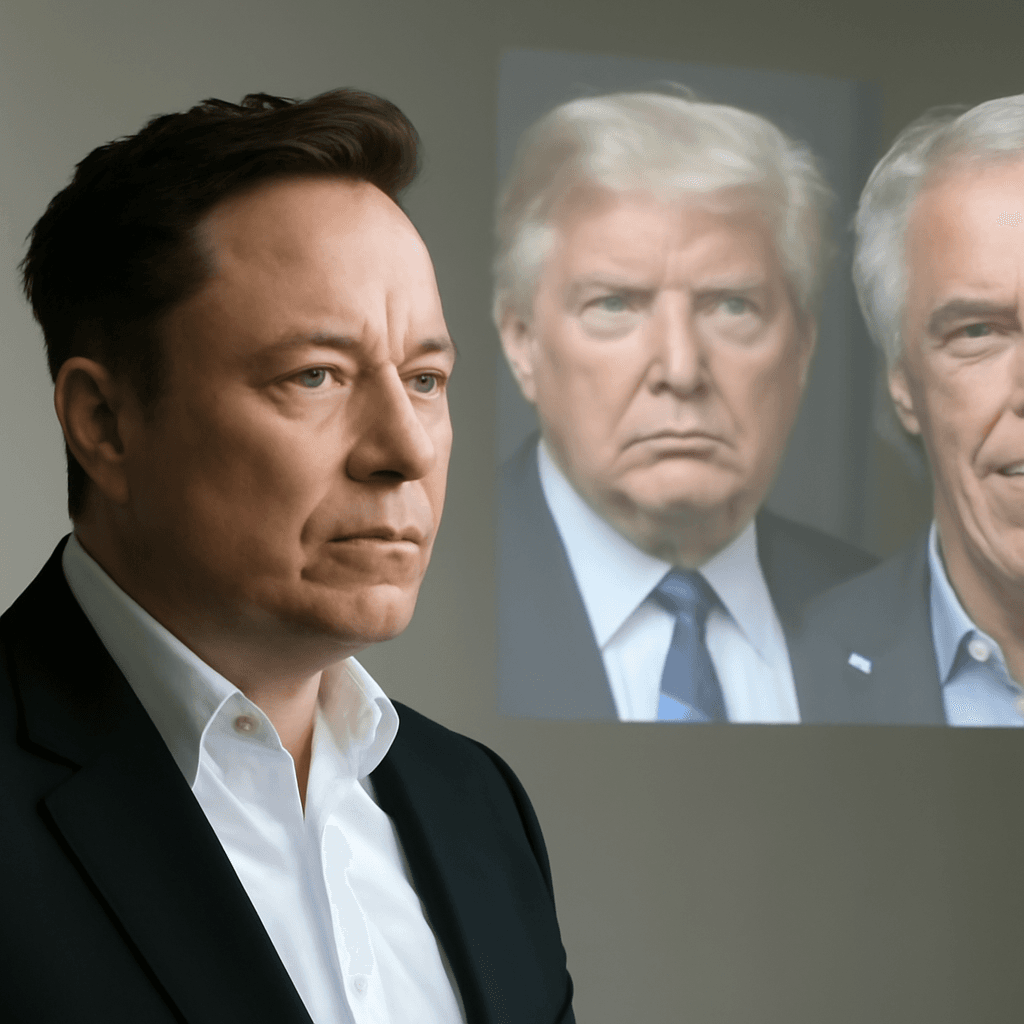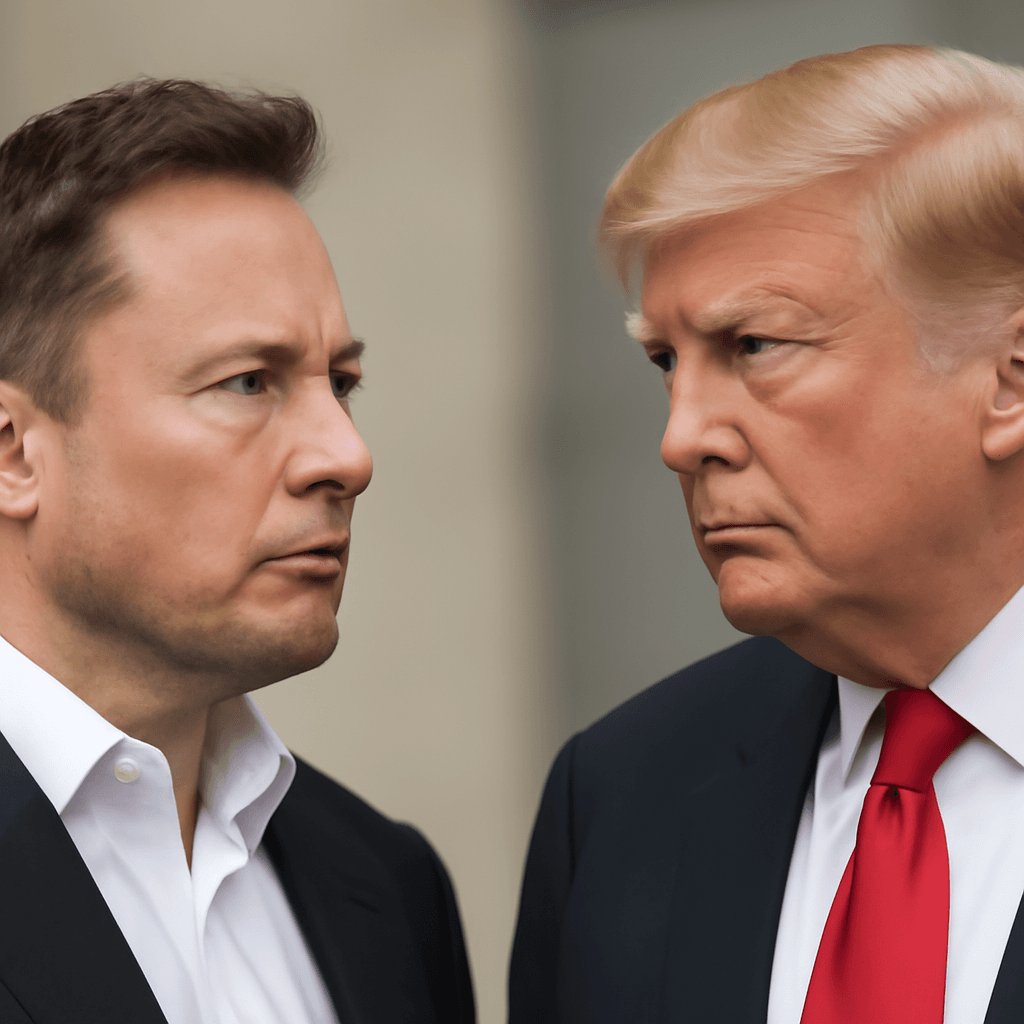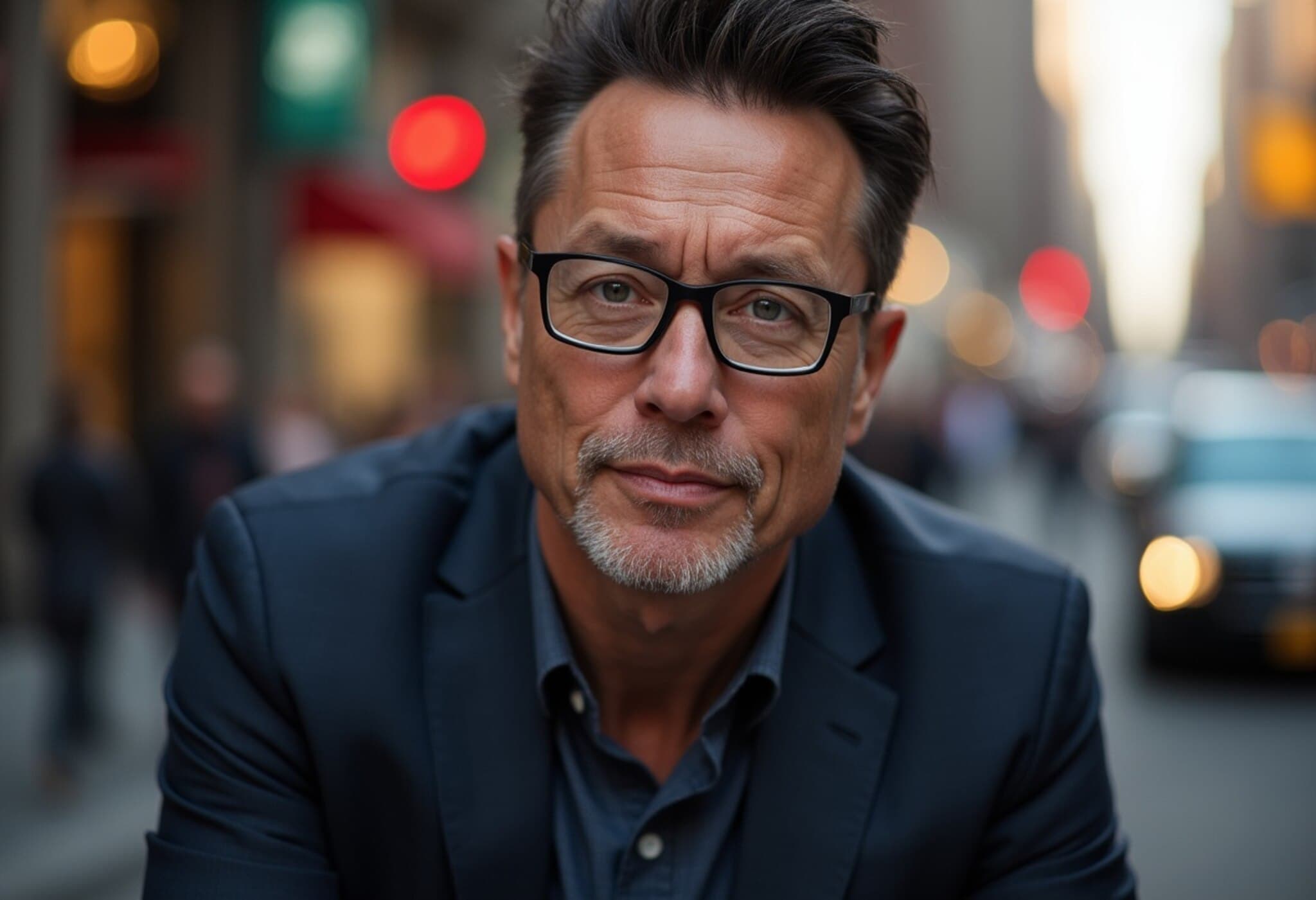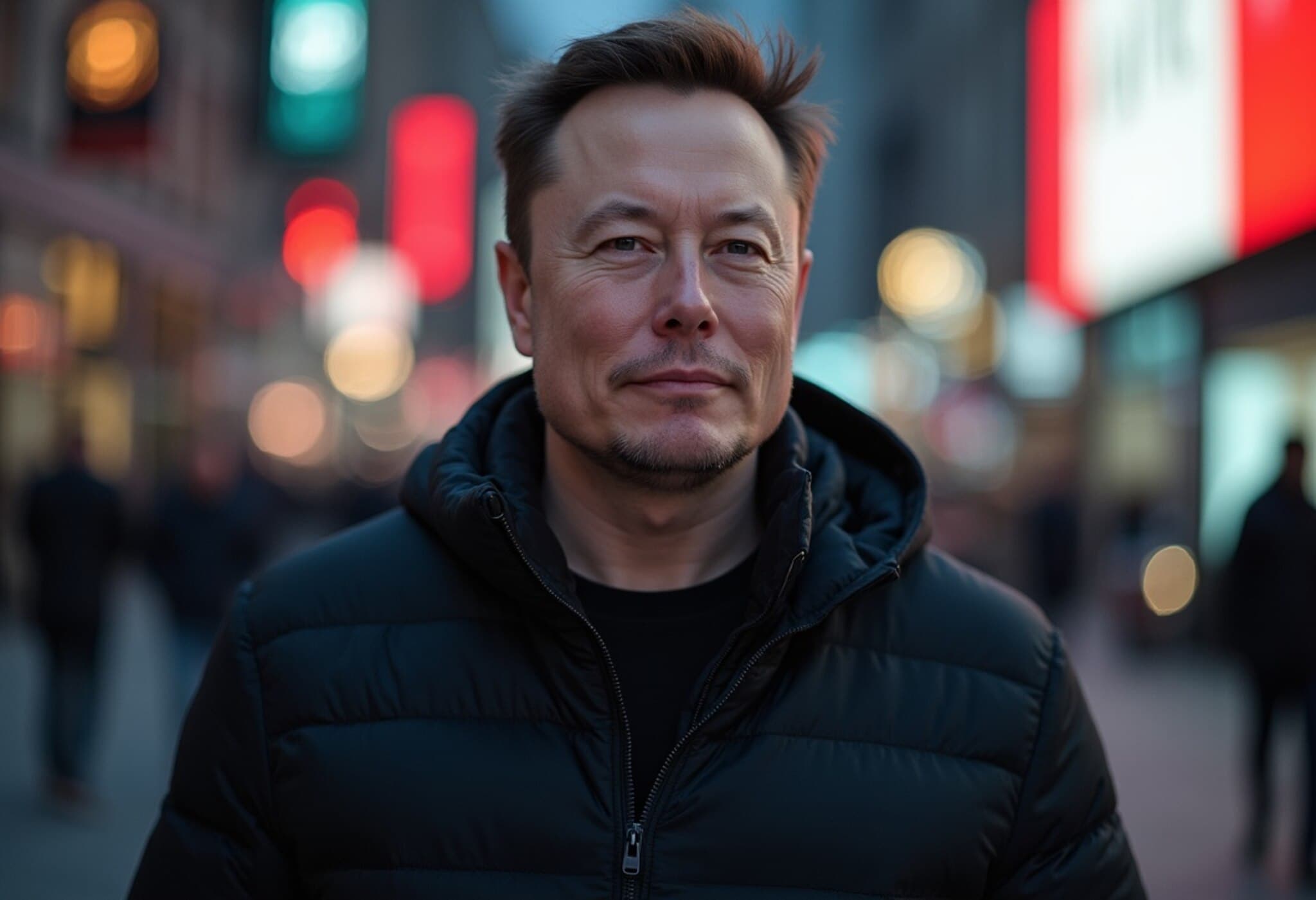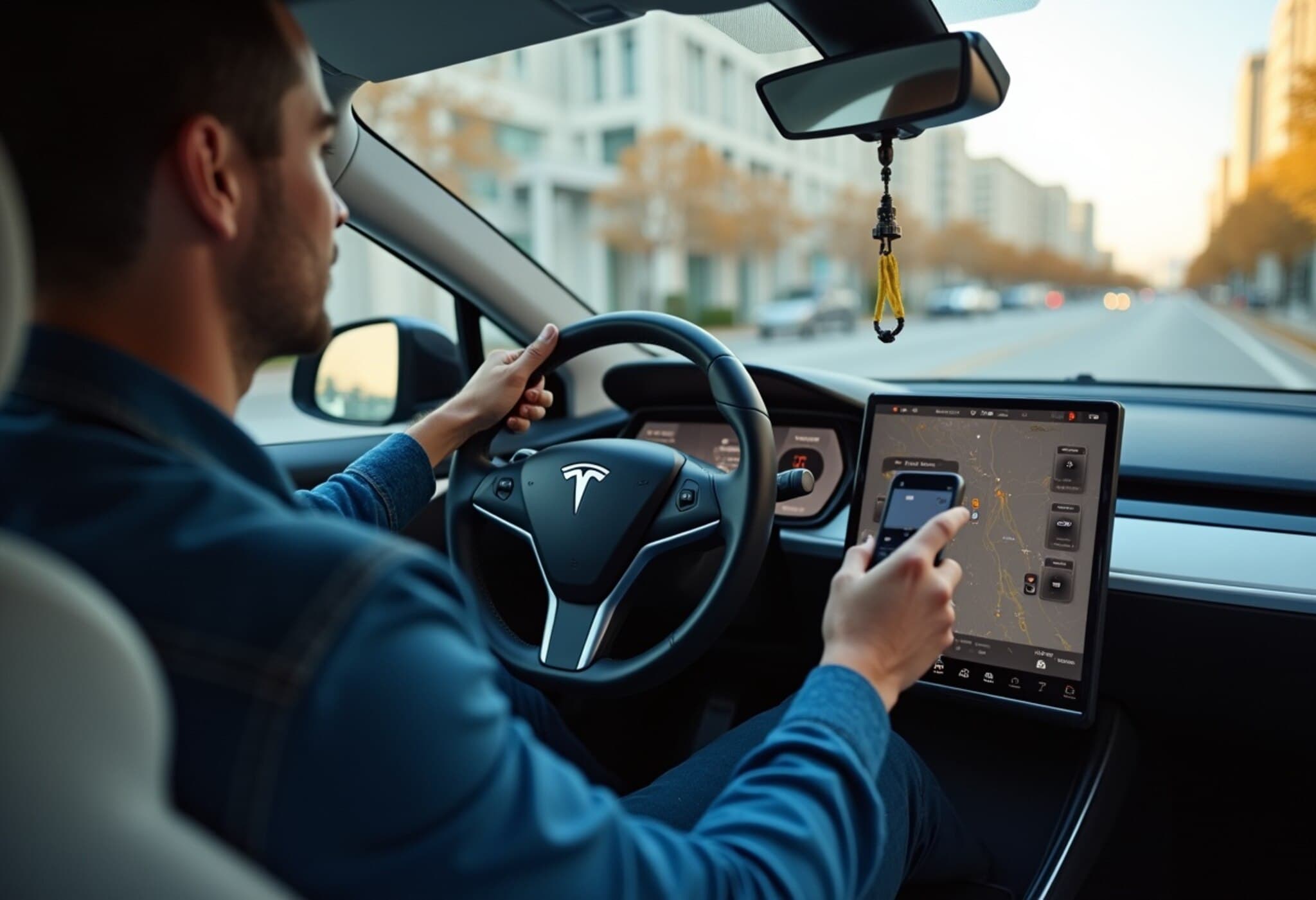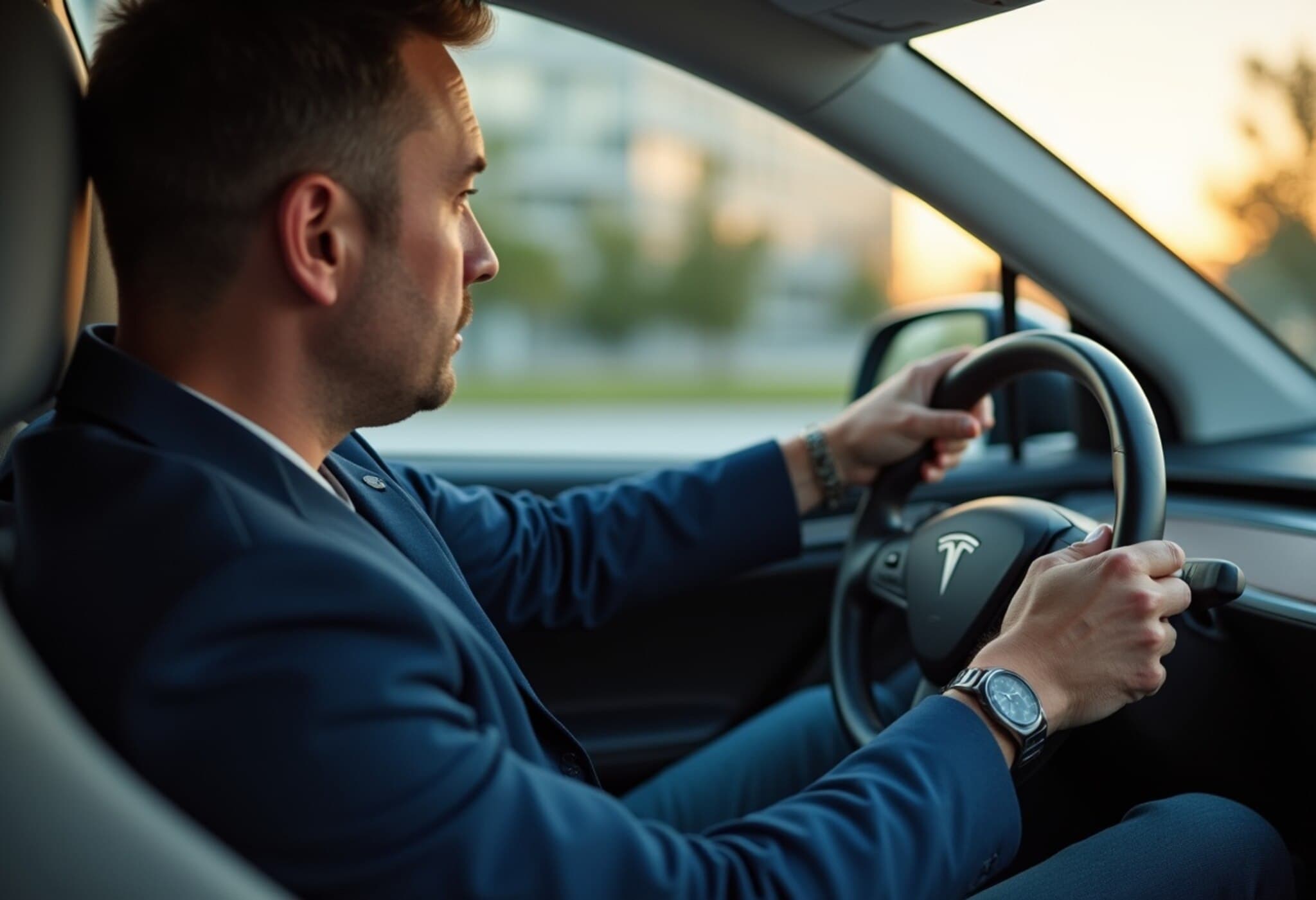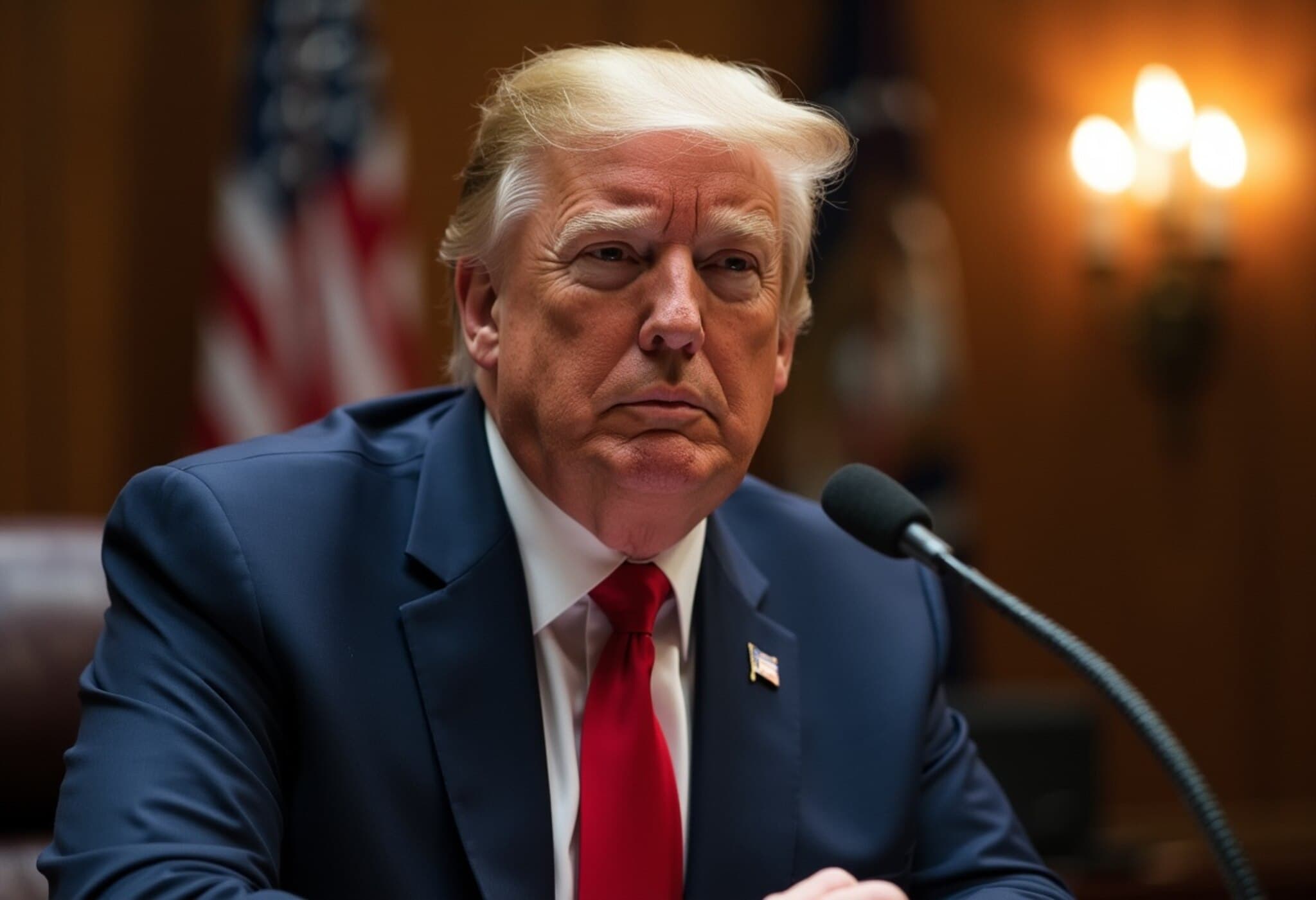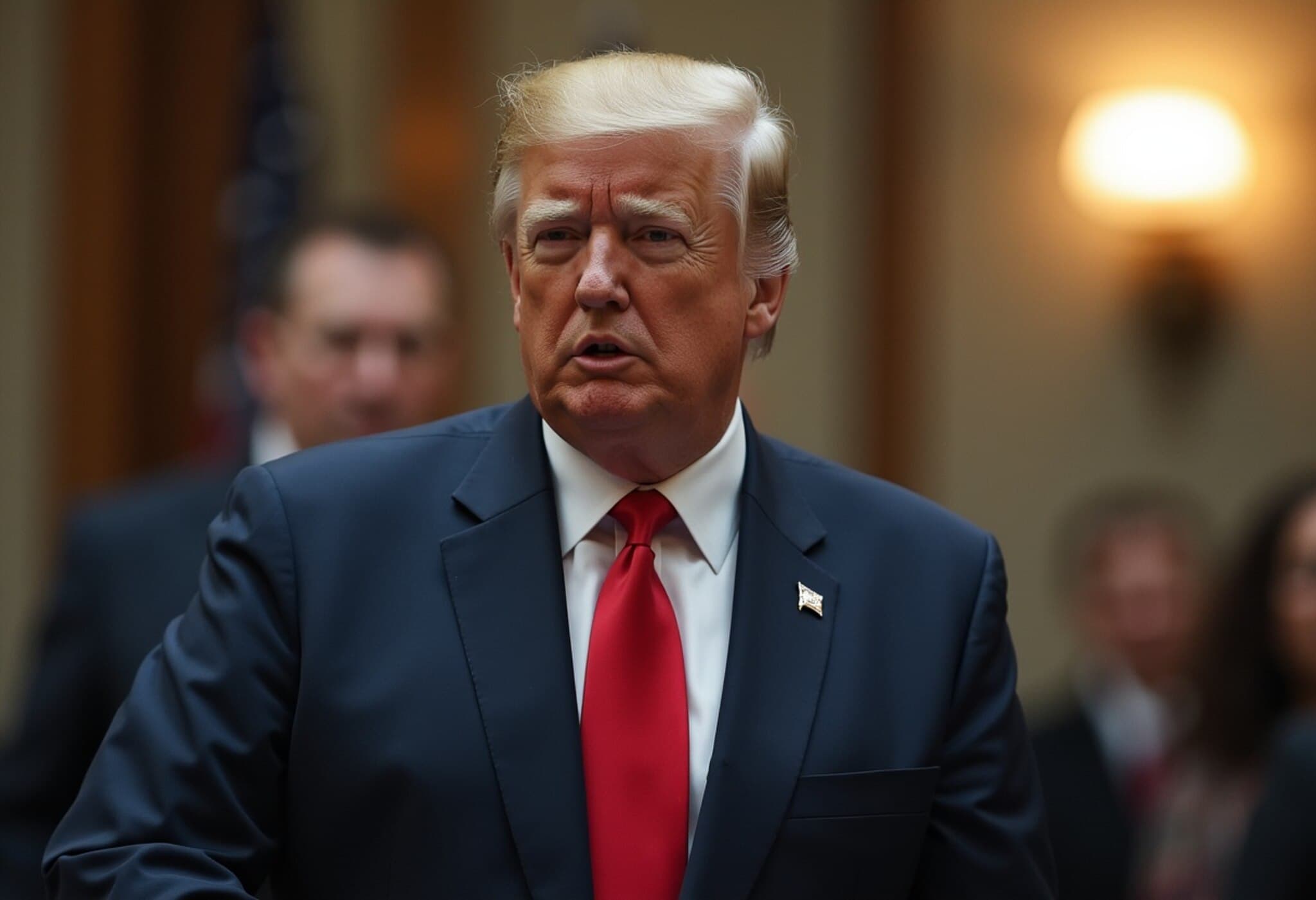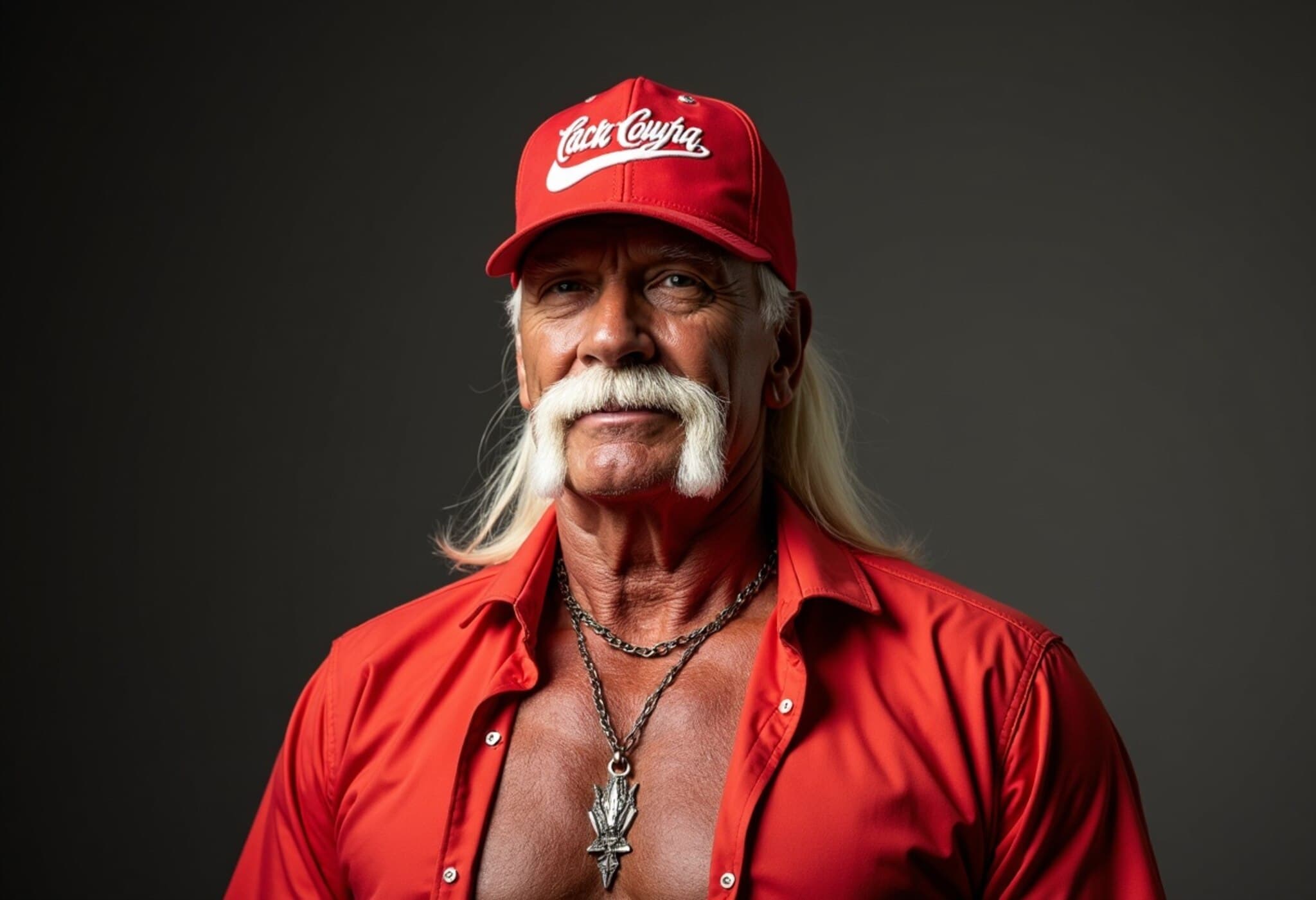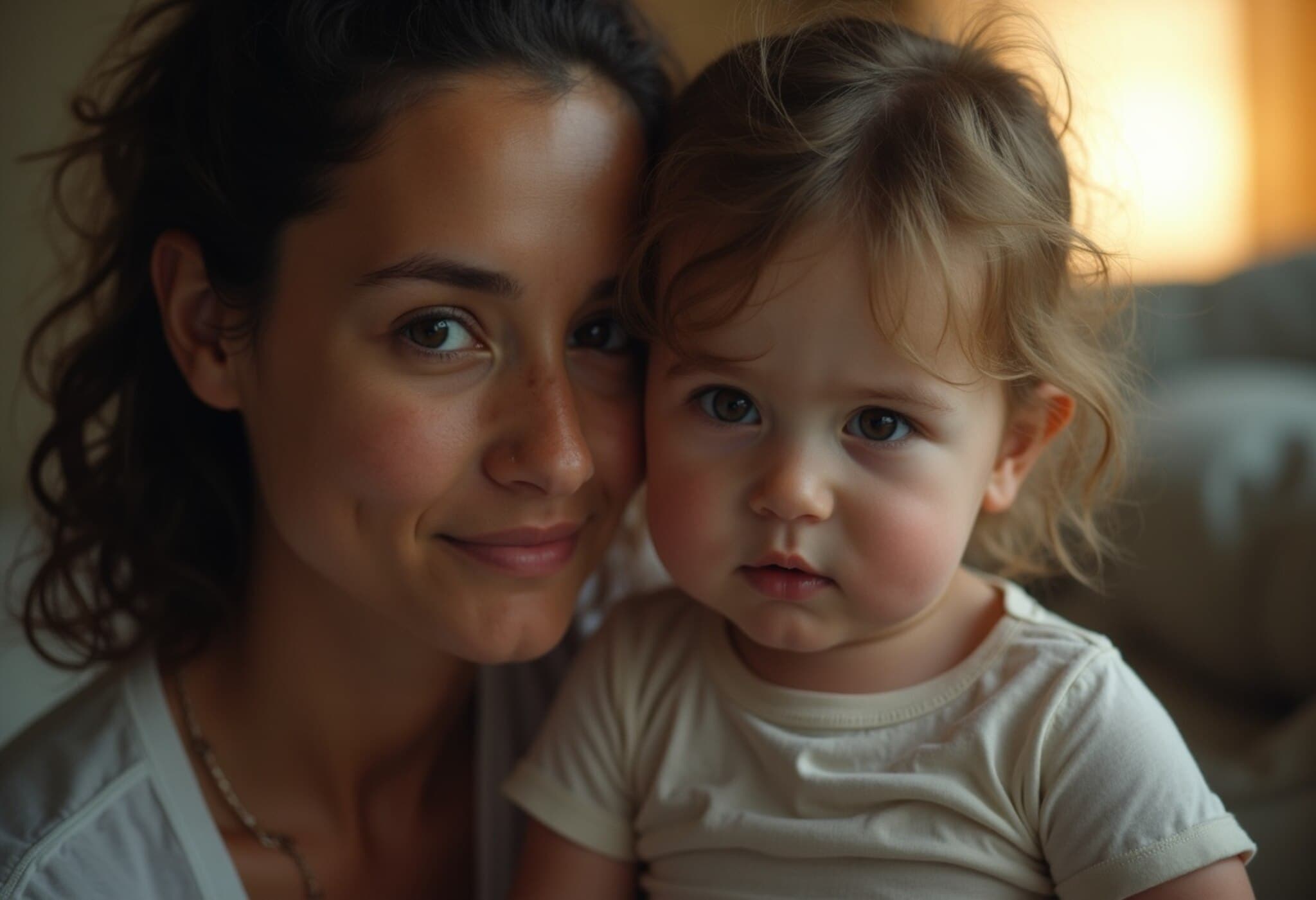Introduction: A Landmark Trial for Tesla's Autopilot Technology
In a high-stakes trial unfolding in the Southern District of Florida, Tesla confronts a pivotal jury decision over a tragic 2019 crash in Key Largo linked to its Autopilot system. This case marks the first time the electric vehicle giant faces jury scrutiny in federal court for claims tied to its partially automated driving technology, spotlighting safety, corporate responsibility, and the limits of emerging automotive innovation.
The Fatal Incident and Its Aftermath
George McGee, driving his Tesla Model S equipped with Enhanced Autopilot, was involved in a fatal crash that claimed the life of 22-year-old Naibel Benavides. While navigating through an intersection at over 60 mph, McGee — who testified he believed the system would brake to avoid obstacles — briefly diverted his attention to retrieve a dropped cellphone. His vehicle struck a parked car and the innocent bystanders beside it; Benavides died at the scene, and her boyfriend, Dillon Angulo, sustained serious injuries including multiple fractures and a traumatic brain injury.
Legal Claims and Plaintiff Arguments
The plaintiffs, including Benavides’ family and Angulo, have sought approximately $345 million in damages, encompassing both compensatory and punitive relief. Their legal team contends Tesla’s Autopilot system harbors inherent design flaws and that the company knowingly marketed the technology with misleading claims about its safety and capabilities. They argue that Tesla should have limited Autopilot’s use to environments where its performance could be reasonably assured and notes that Tesla's own CEO, Elon Musk, has made numerous public promises that purportedly overstated Autopilot's readiness.
Tesla’s Defense and Broader Industry Context
Tesla’s attorneys fired back, asserting that McGee’s personal negligence was chiefly responsible for the tragedy. They emphasized Tesla’s transparent communication about Autopilot’s limitations and underscored the company’s mission to innovate safety-enhancing technology. Tesla warned that a ruling against them could stifle progress in autonomous vehicle development — a tension at the heart of evolving automotive policy debates nationwide.
Key Questions at the Crossroads
- Accountability: How much responsibility rests with drivers versus advancing technology providers?
- Marketing Ethics: Should companies face higher scrutiny for representations that influence consumer behavior, especially in safety-critical products?
- Regulatory Framework: How will this trial influence government oversight of partially automated and autonomous vehicle systems?
Emerging Perspectives and Broader Implications
This trial is more than a legal reckoning for Tesla; it is a bellwether for the entire autonomous vehicle industry. As semi-autonomous driving becomes increasingly mainstream, the case underscores the urgent need for clearer regulations, better consumer education, and improved technological safeguards. It raises difficult questions about the pace of innovation versus human cost — a balancing act lawmakers, companies, and society must grapple with.
Expert Insight
From an American legal and policy standpoint, the case highlights evolving challenges in product liability law when applied to complex AI-powered systems. The punitive damages sought signal potential judicial willingness to penalize corporate practices deemed reckless, particularly when public safety is at stake. Economically, the verdict could reverberate throughout the EV sector, influencing investor confidence and regulatory approaches.
Conclusion: A Moment of Reckoning
As the jury deliberates Tesla’s fate in this tragic chapter, the outcome will likely set precedent—either reinforcing the need for stringent industry self-regulation or signaling tolerance for technological growing pains. Meanwhile, the victims’ families continue to navigate profound loss, reminding us that behind every innovation lie human lives requiring vigilant protection.
Editor’s Note
This trial forces us to confront uncomfortable truths about the intersection of technology, safety, and responsibility. While innovation is crucial, this case illuminates the profound implications of premature or misleading autonomous vehicle promises. How should the law adapt to emerging AI-driven technologies that blur traditional concepts of driver control? What safeguards will ensure that companies prioritize human life alongside profit? As autonomous features proliferate, these questions become central to public discourse and policymaking.


